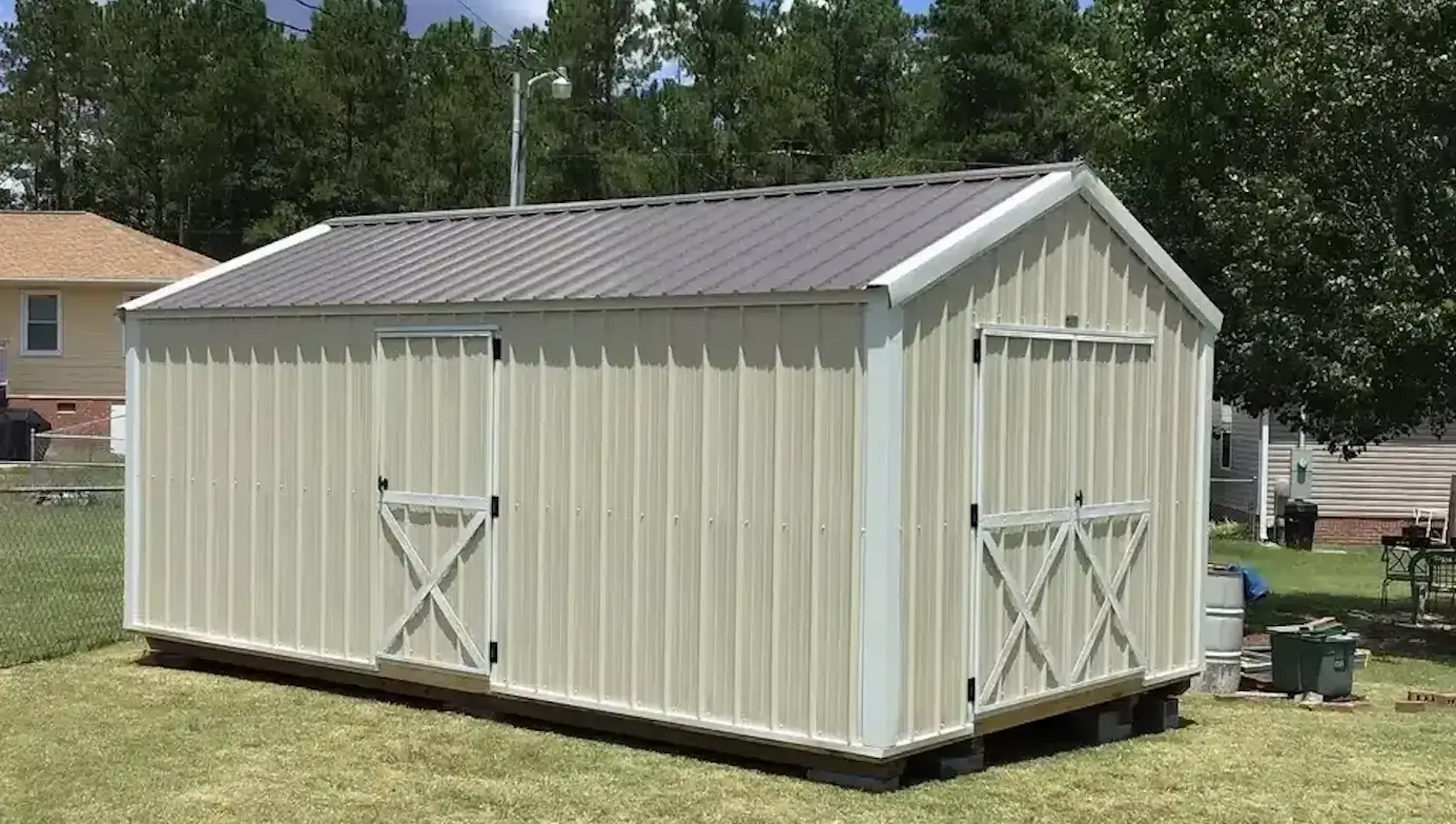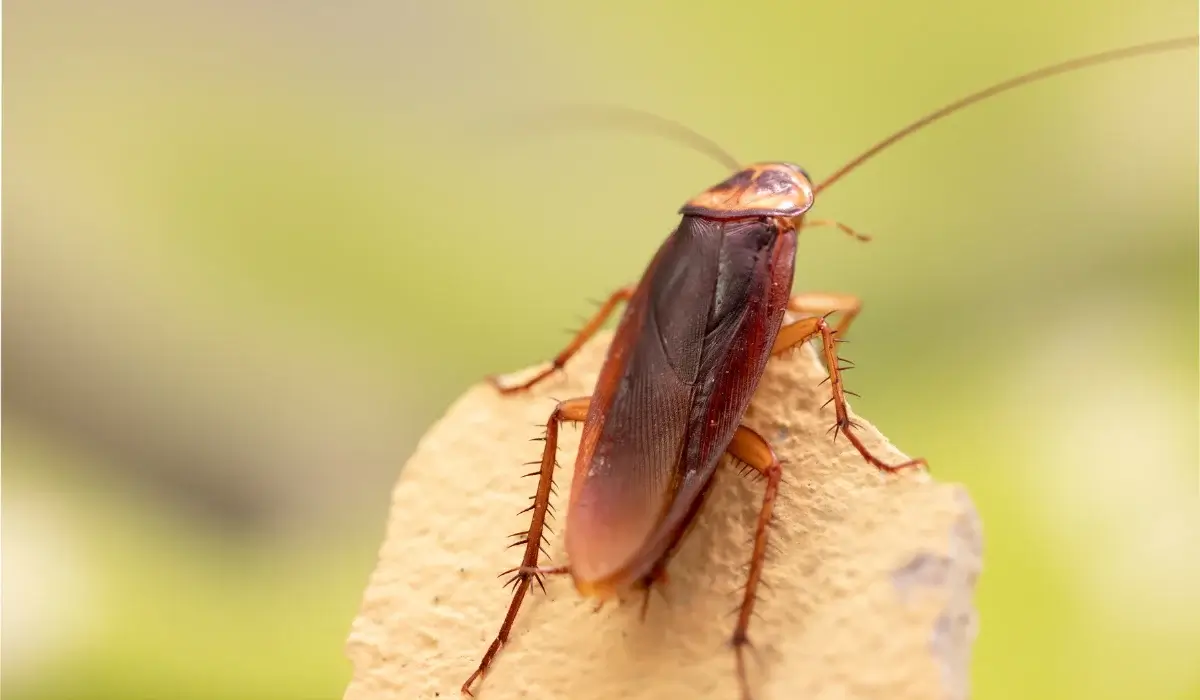
August 24, 2025

Wood roaches are not something people want to see in the home. Though they are not as dangerous as a lot of other species of cockroach, they can also be a discomfort in the house. Roaches of these types are usually outdoors in damp, woodsy places, but sometimes they come inside looking for light. Wood roaches do not carry diseases, but some people can have allergic reactions to them, and they can make people feel uncomfortable when they enter homes.
There are a lot of advantages to getting rid of wood roaches naturally. Natural pest remedies are also generally safe for families and pets; in many cases, they don’t contain toxic chemicals that could pose a risk to health. These treatments are both effective and cheaper than chemical treatments. They also help to identify and eliminate the conditions that might lead to future infestations, such as sealing entry points and minimizing outdoor lighting.
MEET THE EXPERTS
Wood roaches are a very distinct looking roach and they are not hard to identify at all when people know what they are looking for, other than the German or American roach.
Feature | Wood Roaches | German Cockroaches | American Cockroaches |
|---|---|---|---|
Size | Medium-sized | Small | Larger |
Color | Reddish-brown to black | Tan with two dark stripes down their backs | Reddish-brown with yellow markings on the body |
Wings | Males have long wings | Wings are short and rounded | Long wings |
Habitat | Primarily outdoor, in moist, wooded areas | Typically found indoors in warm, humid environments | Usually found indoors, in dark, moist places |
Activity | More active outdoors, occasionally indoors during mating season | Active indoors, especially in kitchens and bathrooms | Active indoors, especially in kitchens and basements |
Reproduction | Mating occurs near light, and eggs are laid in secluded areas | Lay eggs in dark, hidden places indoors | Lay eggs in hidden, moist areas indoors |
Infestation Type | Temporary indoors, usually leave when food or moisture is gone | Persistent indoor infestations | Persistent indoor infestations |
There are a number of reasons why wood roaches come into the home, which are mainly due to their natural habits and seasons.
Male wood roaches are especially prone to light during their mating times. It is a natural mating ritual where males fly into the light to try to find females. The bright lights near or inside homes, including those from outdoor lamps or windows, can attract male wood roaches inside.
This attraction to light becomes more obvious during the warmer months when the roaches are particularly active. Though these cockroach species typically live in the outdoors surrounded by trees, artificial lighting will give a brief home visit.
Wood roaches enter homes from multiple entries.
The behavior of wood roaches varies greatly with the seasons.
For wood roaches, it is important to identify the signs of an infestation early on to keep it from spreading and causing harm.
Wood roaches are usually found from the physical evidence that they create. These signs include:
Wood roaches specifically are likely to display some visible signs of their existence in the home:
Wood roaches look for sanctuary in places where these three conditions are met and it is easy to avoid them. Common hiding spots include:
There are several natural methods to effectively eliminate wood roaches without resorting to harmful chemicals.
Sanitation and exclusion are the first steps to getting rid of wood roaches naturally.
Natural wood roach repellents are another effective way to keep wood roaches at bay without relying on chemicals.
Some of the best natural repellents for roaches are made from peppermint, eucalyptus, and rosemary essential oils. These oils have pungent odors that wood roaches do not like, and they do not go near these places. Alternatively, a homemade repellent can be created by combining a few drops of essential oil with water in a spray bottle. This solution can also be sprayed around the home in roach prone areas like windows, doors, and baseboards.
Diatomaceous earth (DE) is an inert dust made from tiny ancient fossils. It kills bugs by dehydrating them including wood roaches. People can also sprinkle this food-grade diatomaceous earth in dry places (under the refrigerator, along baseboards, under cabinets, along the hinges of doors, etc.).
Boric acid is a natural substance that is toxic to roaches when they eat it. Boric acid combined with sugar makes a bait to lure roaches. The roaches consume the boric acid, and as a result, die. This is especially useful in places where roaches are active, i.e., under sinks, in kitchens or bathrooms.
Both garlic and bay leaves are natural roach repellants. Roaches detest the smell of crushed garlic; they also avoid the strong aroma of bay leaves. Crushed garlic and bay leaves can be put in roaches' hiding or passing places. Scattering some bay leaves in the pantry can also deter roaches from feasting on the food storage.
Trapping is a good, natural way to catch and reduce wood roach numbers.
DIY Traps
These simple traps can be constructed with some basic household items.
It is a safe way to detect and kill a cockroach infestation.
Commercial Traps
Sticky traps are easy to find and a quick way to track and catch wood roaches. These traps feature a non-toxic adhesive that catches roaches as they travel over the surface.
After having solved the wood roach problem, people can implement the following wood roach prevention tips to deter future invasions:
Homeowners should conduct periodic inspections to catch any early signs of wood roach activity. Areas to inspect include basements, attics, under appliances, and around windows. They should look for evidence such as droppings, egg cases, and shed skins. Regular checks help detect issues early and prevent them from escalating.
The key to avoiding wood roaches is keeping the house clean. They are lured by bits of food, grease and spills, so homeowners should be diligent about keeping kitchen surfaces, dining areas and food storage areas clean. Attention should also be directed behind appliances for food particles. Food should also be kept in air-tight containers and trash cans should be tightly sealed and emptied on a regular basis.
Wood roaches like moisture, so moisture control is essential. Homeowners should also repair any leaks in pipes, faucets and walls as soon as possible. Even tiny leaks can be the perfect breeding ground for roaches. It’s also essential that the area around the house provides proper drainage, so that standing water, a favorite of roaches, isn’t able to accumulate. Keep the home well-drained so water does not pool.
Overgrown brush and yard debris attract wood roaches. Homeowners must prune plants, shrubs and trees around windows and doors. Clearing thick brush from around the home can help prevent roaches. Firewood and rubbish should be kept away from the house to avoid creating an environment for roaches.
Most homeowners are able to keep their homes safe from wood roaches by using the natural methods described below, while some scenarios will require professional help.
If home remedies don’t work (i.e., cleaning out the home, sealing up entryways, and using essentials), it might be time to contact a pest control service covering the wood. Consider professional help in the following cases:
For homeowners who do not want to use chemical pesticides, it is crucial to find an eco-friendly pest control. However, keep the following in mind while choosing the pest control company:
Unlike other species of cockroaches, wood roaches are not a threat to human health, although they can be a nuisance if they get inside homes. Homeowners should, therefore, be on the lookout for droppings, egg cases and nocturnal activity to detect an infestation early. These natural methods include sealing cracks, maintaining a clean home, and using plant-based repellents, which are the most effective and safest ways of getting rid of wood roaches.
Growcycle provides a safe wood roach control solution without all of the harmful toxic chemicals. They are experts in delivering affordable and eco-friendly pest control, so homeowners will keep their homes pest-free while they continue to save the planet.
Disclaimer: This material is for informational purposes only and should not be relied on for legal, medical, financial, or any other form of professional advice.
The easiest method of eliminating wood roaches is implementing entry prevention, cleaning, and moisture reduction. Employ natural repellents such as essential oils and diatomaceous earth. Check frequently and eliminate harborage to prevent reinfestation.
Wood roaches have an aversion to stinky essential oils such as peppermint, eucalyptus, and tea tree oil. Their odor works as a natural repellent. Apply them to the affected area using diluted oils, sprayed or soaked in cotton balls.
Home remedies for roaches that kill them include diatomaceous earth, boric acid and essential oils. Diatomaceous earth dries roaches out, and boric acid kills them. Peppermint and eucalyptus are both natural repellents and killers as well.